Let's be honest, you've probably had a few meatballs in your life that felt more like rubber balls than tender bites of heaven. Dry, dense, flavorless... a real disappointment when you're craving that classic comfort food. Forget those sad attempts. You're here because you want the real deal, a meatball that earns its stripes. This isn't just *a* recipe; it's the foundation for your go-to, brag-worthy 5 star italian meatball recipe. We're talking meatballs so tender they practically melt, bursting with flavor, and perfect whether piled high on spaghetti or tucked into a hero roll.
Why Settle for Less Than a 5 Star Italian Meatball Recipe?
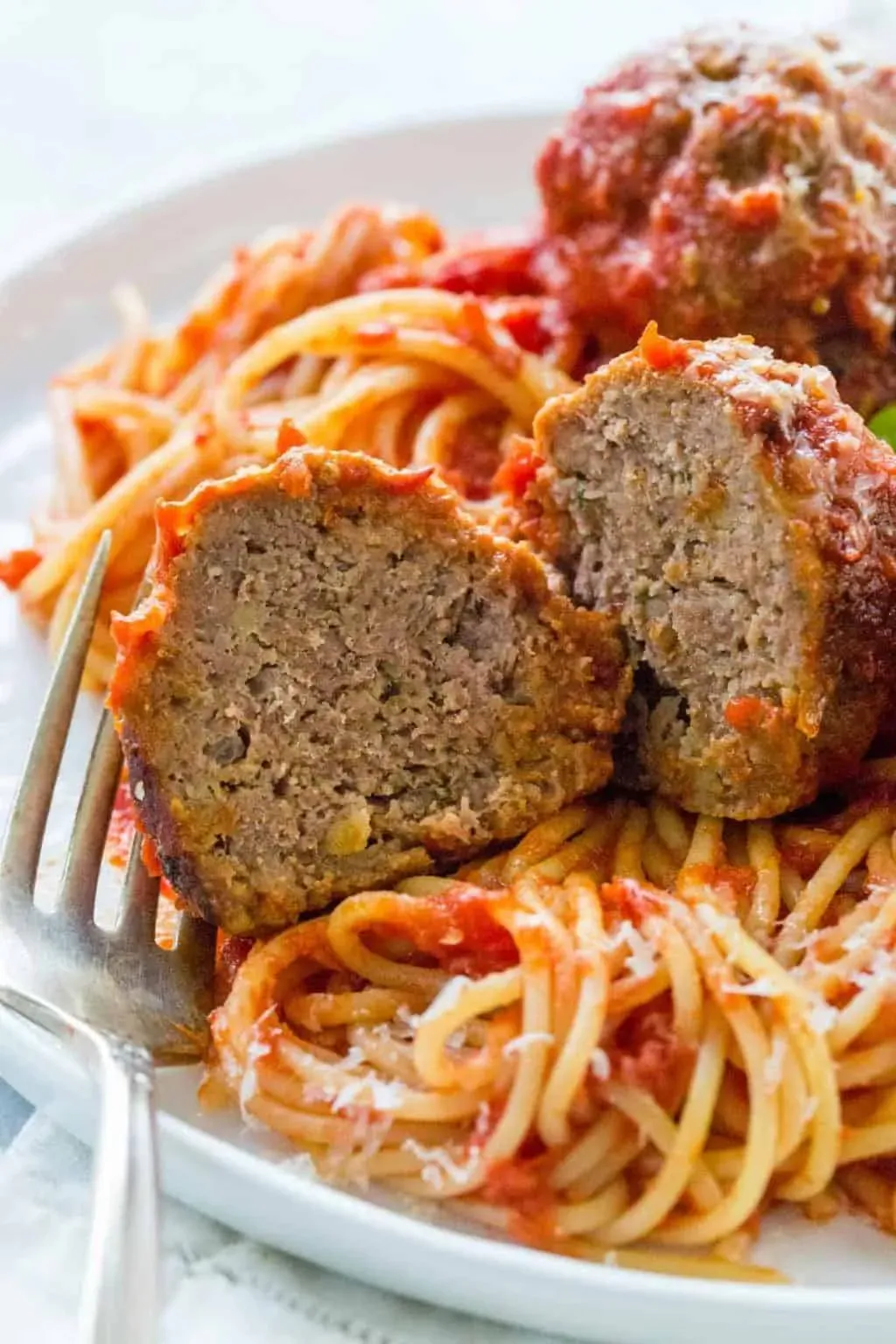
Why Settle for Less Than a 5 Star Italian Meatball Recipe?
Tired of the Meatball Letdown?
Look, we've all been there. You follow a recipe, you put in the effort, and what do you get? Dense, dry little pucks that bounce when they hit the plate. They soak up sauce but offer nothing in return. They're just... sad. It makes you question why you even bothered. You want that tender bite, that rich flavor that speaks of Sunday dinners and comfort. Settling for anything less than a truly exceptional meatball feels like a culinary crime against humanity. Why compromise on a classic when the real deal is within reach?
What Makes a Meatball "5 Star," Anyway?
It's not just about mixing meat and breadcrumbs. A truly great meatball is a symphony of texture and flavor. It's moist enough to be tender but holds together. It's seasoned perfectly, with hints of garlic, herbs, and cheese, complementing the richness of the meat, not overwhelming it. It melts in your mouth, leaving you satisfied and reaching for another. This kind of meatball doesn't just fill a plate; it elevates the entire meal. It's the difference between dinner and an experience. And frankly, achieving that level of deliciousness is easier than you might think, provided you have the right guide.
Think about the last time you had an incredible meatball. What stood out? Was it the perfect bite? The depth of flavor? That's what we're aiming for.
- Tender, not tough
- Juicy, never dry
- Rich, savory flavor
- Holds its shape but isn't dense
- Complements sauce beautifully
The Satisfaction of Mastering a Classic
There's a unique satisfaction that comes from nailing a dish that's a staple in countless homes. When you serve meatballs that get genuine "Wow, these are good!" reactions, it feels like a small victory. This isn't about chasing trends; it's about perfecting a timeless comfort food. Mastering a 5 star italian meatball recipe means you always have a crowd-pleaser in your repertoire, a dish that brings people together and creates those memorable mealtime moments. It’s about confidence in the kitchen and the simple joy of sharing something truly delicious.
The Holy Trinity of Meatball Ingredients
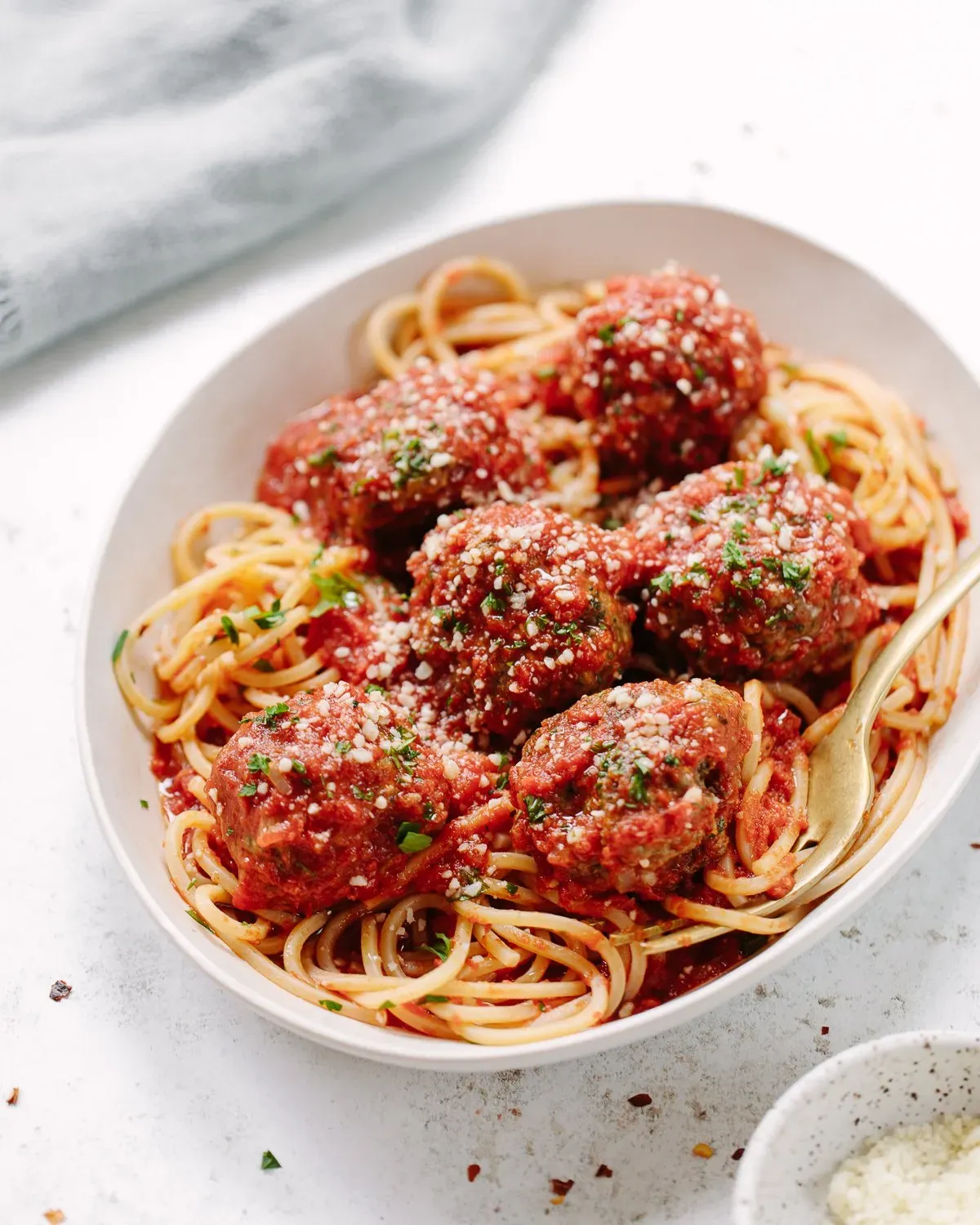
The Holy Trinity of Meatball Ingredients
The Foundation: Meat, Binder, Flavor
let's talk turkey, or rather, beef and pork. The core of any great meatball starts with the meat. You need flavor and you need fat. Trying to make killer meatballs with lean ground beef is like trying to win a drag race in a minivan – it's just not built for speed or deliciousness. A classic 5 star italian meatball recipe usually calls for a mix, typically beef and pork. The beef brings that robust, savory flavor, while the pork adds tenderness and crucial fat content that keeps things moist. Don't be afraid of a little marbling; that's where the magic happens. Skip the pre-packaged "meatloaf mix" and get ground chuck and ground pork shoulder if you can. It makes a difference.
Mixing Magic: Getting the Right Texture

Mixing Magic: Getting the Right Texture
Mixing Magic: Getting the Right Texture
Now, this is where many folks mess up. You've got your glorious meat blend, your flavorful binders, your aromatics. The instinct might be to just dive in and mix the living daylights out of it like you're kneading bread dough. Resist this urge! Overmixing is the express train to tough, dense meatballs. You're not trying to emulsify the meat; you're just trying to combine the ingredients gently. Think of it like folding a delicate soufflé, not punching down pizza dough. Your hands are the best tool here – they let you feel when everything is just combined without compacting the mixture too much. Get everything into a large bowl, add your panade (that's the milk-soaked bread or breadcrumbs, a crucial step for tenderness), your cheese, eggs, herbs, and seasonings, and use your hands to lightly bring it all together. Stop as soon as you don't see distinct pockets of unmixed ingredients. It should still feel a little loose, not like a solid brick of meat.
Shaping Up Your Perfect Meatballs
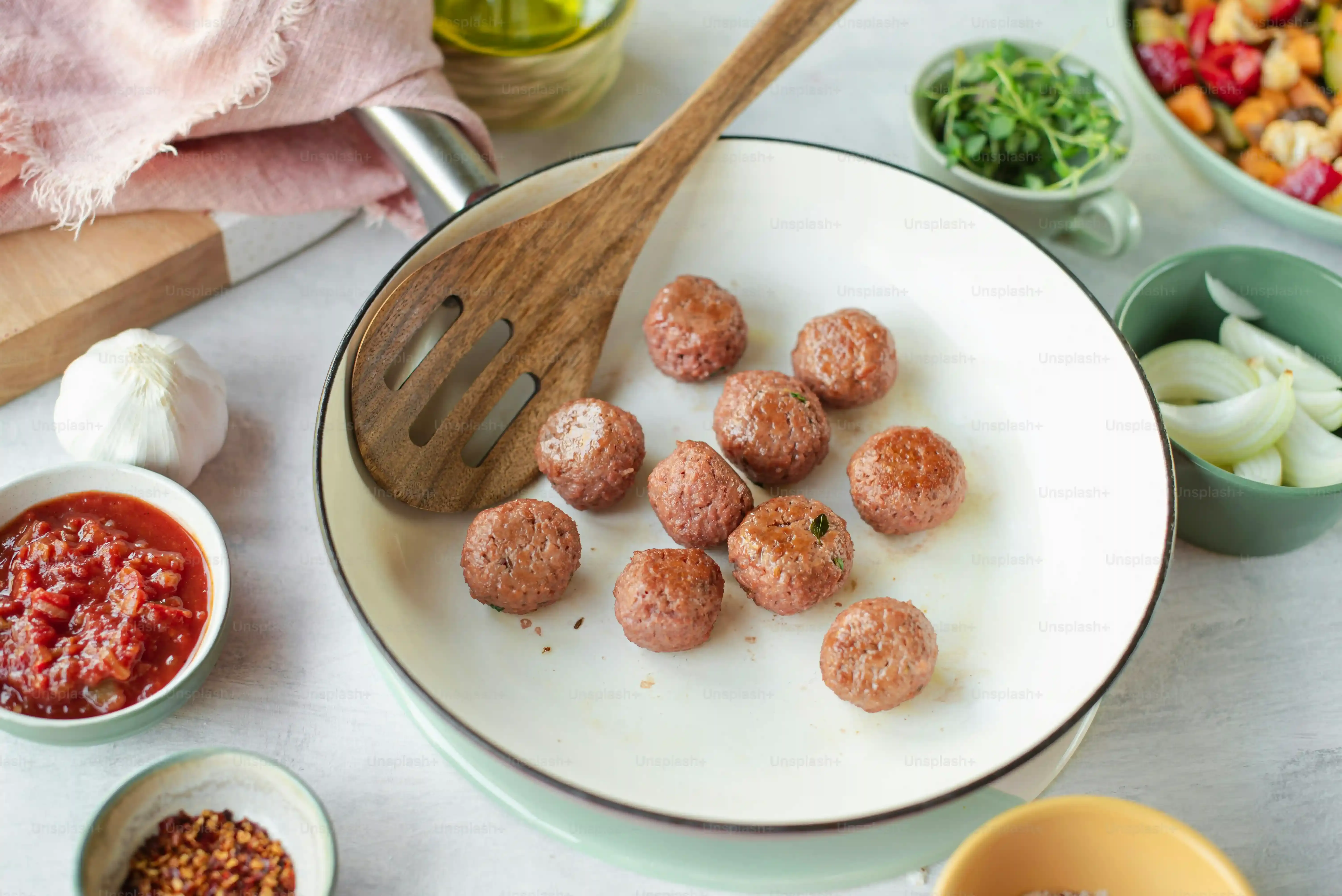
Shaping Up Your Perfect Meatballs
The Gentle Touch: Size and Uniformity Matter
Alright, you've got your beautifully mixed meatball base, smelling like promise and possibility. Now comes the actual shaping. This isn't playtime with clay; it's a delicate operation. The goal is uniform size and a light hand. Why uniform size? Because uneven meatballs cook unevenly. You'll end up with some dry, overcooked ones next to others that are still pink in the middle. Aim for roughly golf-ball size, maybe slightly smaller depending on your preference. Using a scoop can help ensure consistency, but your hands work just fine too. The key is to handle the mixture as little as possible. Scoop or grab a portion, and with just a few gentle rolls between your palms, form a ball. Don't squeeze it like you're trying to crush walnuts.
Rolling with Care: Avoiding the Meat Puck
Excessive rolling or pressing removes air pockets and compacts the meat mixture. Remember that tender texture we're chasing? Compacting works against it. Imagine packing snow into a snowball versus letting it lightly clump together. You want the latter. A few gentle rolls are all it takes to get a reasonably round shape that will hold together during cooking. They don't need to be perfectly spherical, just generally ball-like. A slightly looser shape actually helps them stay tender. Trust the process; the mixture is bound by the egg and the panade. They won't fall apart in the sauce if you've mixed correctly in the previous step.
So, when you're shaping, ask yourself:
- Am I being gentle?
- Are they roughly the same size?
- Am I avoiding squeezing or over-rolling?
Getting these simple steps right is crucial for that coveted tender interior in your 5 star italian meatball recipe.
Stovetop Sizzle or Oven Bliss? Cooking Methods Explained
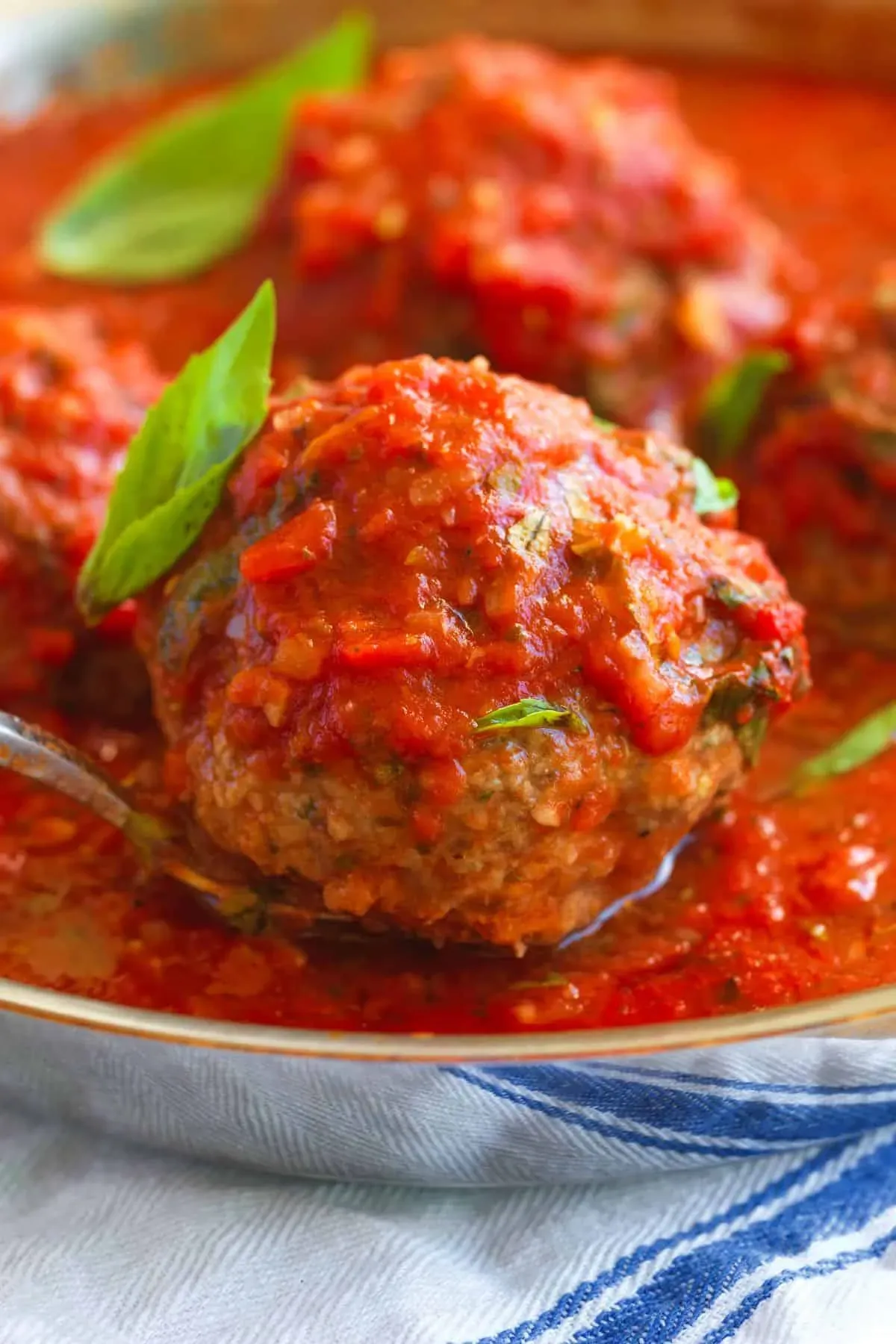
Stovetop Sizzle or Oven Bliss? Cooking Methods Explained
The Case for the Stovetop Sear
so you've got your perfectly shaped meatballs sitting there, ready for their transformation. The classic method, the one your nonna probably swore by, is the stovetop. You heat up some oil in a large pot or skillet – enough to coat the bottom generously. The key here is getting a good sear on all sides before they go into the sauce. This browning isn't just for looks; it builds flavor through the Maillard reaction. You gently place the meatballs in the hot oil, making sure not to crowd the pan, which would steam them instead of searing. You'll need to turn them every so often to get that lovely brown crust all around. It takes a little more hands-on time, involves some potential splatter, but the direct heat gives them a fantastic initial texture.
Baking Your Way to Easy Meatballs
Then there's the oven method, which is a strong contender, especially if you're making a big batch for your 5 star italian meatball recipe. Line a baking sheet with parchment paper (cleanup is a breeze) and arrange your meatballs in a single layer. Pop them into a hot oven, usually around 400-425°F (200-220°C). The oven cooks them through more evenly and with less fuss than the stovetop. You don't get that deep, dark crust initially, but they'll finish cooking and absorbing flavor in the sauce anyway. It's definitely the less messy option and frees you up to work on your sauce or sip some wine. Some folks even lightly brown them in a pan first, then transfer to the oven to finish before adding to the sauce, getting the best of both worlds.
So, which method is right for you?
- Stovetop: Faster initial browning, more hands-on, potential splatter.
- Oven: Easier cleanup, more even cooking, less hands-on, less initial browning.
Simmering Your Way to Tender Perfection
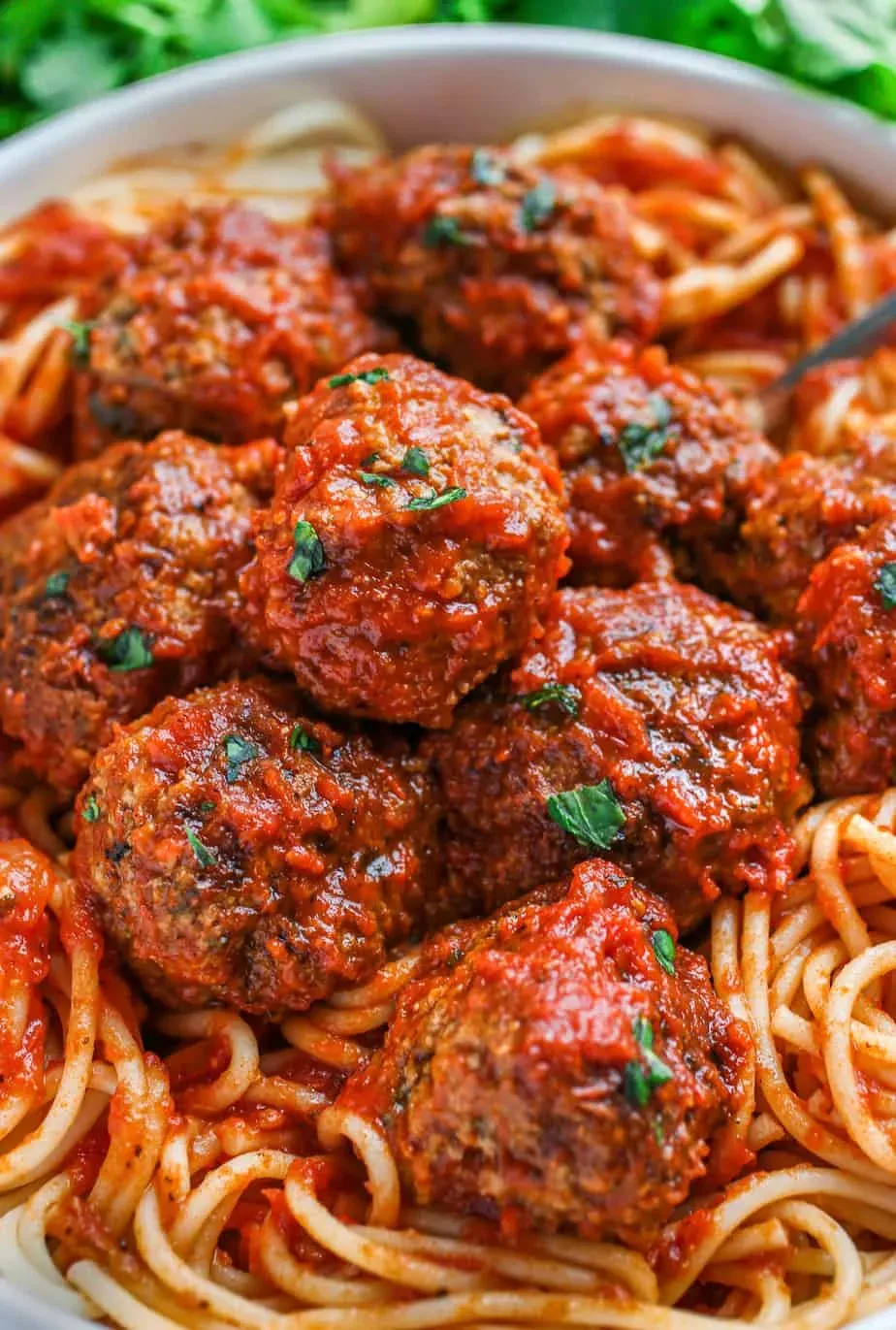
Simmering Your Way to Tender Perfection
The Magic of the Slow Simmer
you've given your meatballs their initial cook – either that glorious stovetop sear or the hands-off oven bake. Now comes the critical step that transforms them from merely cooked meat into tender, flavor-infused gems: the simmer. You drop those beauties into your simmering tomato sauce – and yes, it should be *simmering*, not boiling like a witch's cauldron. Low and slow is the name of the game here. This isn't just about heating them up; it's about giving the meatballs time to relax, absorb the rich flavors of the sauce, and become incredibly tender. Think of it as a spa day for your meatballs. They plump up slightly, their texture softens, and the seasonings you added earlier meld with the tomatoes. Skipping this step is like ordering a steak and eating it raw after a quick flash on the grill. It just doesn't make sense.
Making Ahead and Freezing Your 5 Star Italian Meatballs

Making Ahead and Freezing Your 5 Star Italian Meatballs
Prep Now, Relax Later: Making Meatball Mix Ahead
So, you've got the ingredients for your 5 star italian meatball recipe, but Sunday dinner is still a few days away, or maybe you just want to get a jump on things. Good news: you can absolutely make the meatball mixture ahead of time. Whip up the entire blend – meat, binders, herbs, cheese, everything – just as described. Get it all mixed gently but thoroughly. Then, instead of shaping, just cover the bowl tightly with plastic wrap or pop it into an airtight container. Stick it in the fridge. The flavors actually meld and deepen a bit as it sits, which is a nice bonus. You can keep the raw mix safely in the refrigerator for up to two days. When you're ready to cook, just pull it out, let it sit at room temperature for 15-20 minutes to take the chill off slightly, and then proceed with shaping and cooking.
Freezing Your Meatball Bounty
Batch cooking is a superpower, and freezing meatballs is how you wield it effectively. You can freeze meatballs either cooked or uncooked. If freezing uncooked, shape them first and place them on a baking sheet lined with parchment paper. Put the sheet in the freezer until the meatballs are solid – this prevents them from sticking together in a giant meatball iceberg. Once frozen solid, transfer them to a freezer-safe bag or container. They'll keep for about 2-3 months. To cook from frozen, you can often drop them directly into simmering sauce, they'll just need a little extra time. If freezing cooked meatballs (say, you made a big batch and have leftovers), let them cool completely first. Then, pack them into freezer containers or bags. These are great for quick weeknight meals; just thaw them in the fridge overnight or reheat gently in sauce on the stovetop. Having a stash of these perfect meatballs in the freezer is like having a secret weapon for busy nights.
- Freeze raw meatballs on a baking sheet first until solid.
- Transfer frozen raw meatballs to freezer bags/containers.
- Freeze cooked meatballs only after they've cooled completely.
- Use airtight containers or freezer bags to prevent freezer burn.
- Label containers with the date – don't play guessing games later.
- Frozen meatballs are best used within 2-3 months for optimal quality.
Serving Suggestions: Beyond the Spaghetti
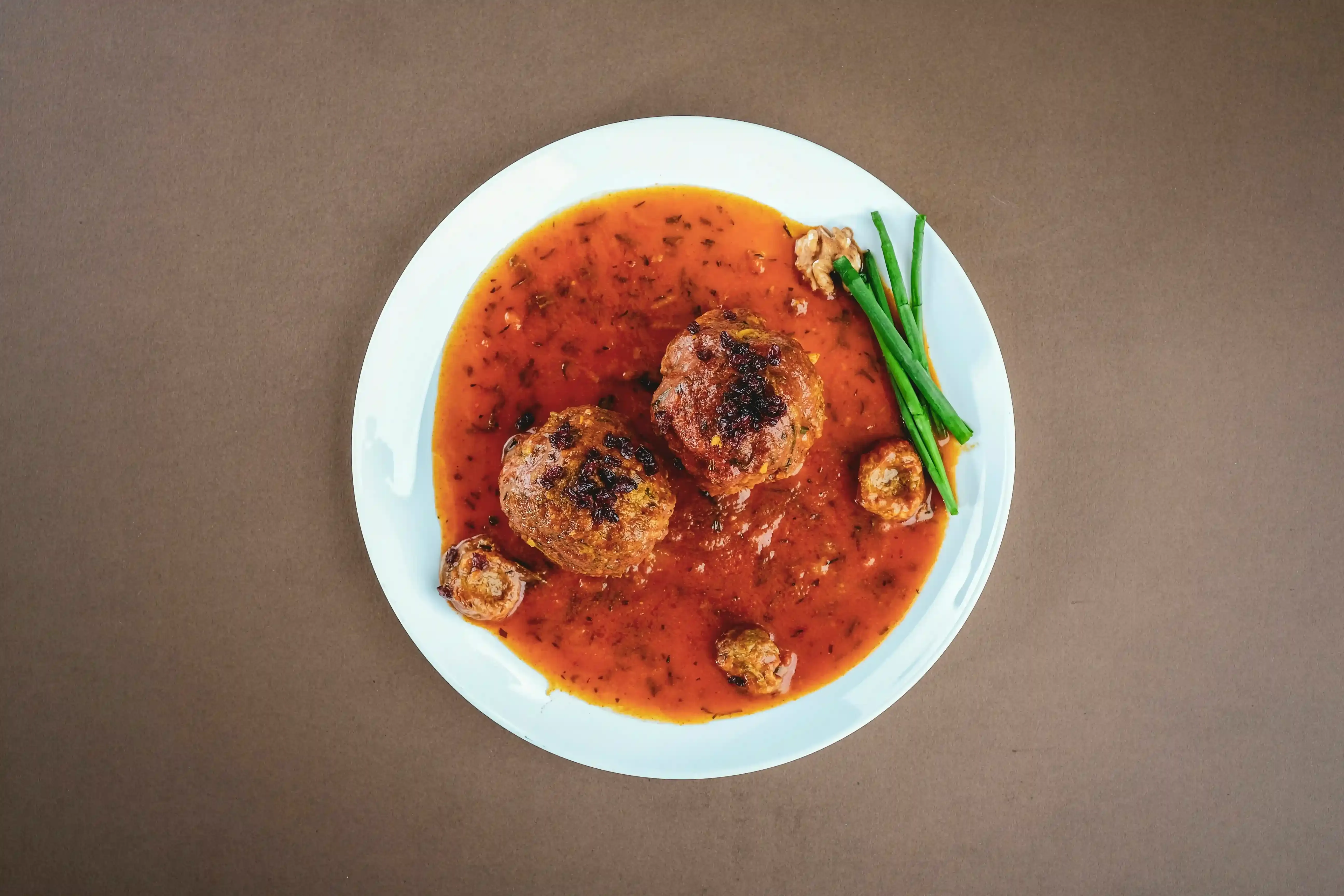
Serving Suggestions: Beyond the Spaghetti
More Than Just Pasta Toppers
so spaghetti and meatballs is the undisputed champion, the heavyweight title holder. But let's not pigeonhole these glorious spheres of flavor. Your perfect 5 star italian meatball recipe deserves to see the world, or at least, the rest of your dinner plate. Think about the humble meatball sub. A crusty roll, some melted provolone, a few perfectly simmered meatballs, and a ladle of that rich sauce? That's not just a sandwich; it's an experience. A good meatball sub can solve most of life's problems, or at least make you forget them for ten glorious minutes. Or how about just serving them as an appetizer? Stick a toothpick in 'em and watch them disappear faster than free samples at a Costco.
Creative Ways to Plate Perfection
Venture beyond the obvious. Have you ever had meatballs with creamy polenta? The soft, yielding polenta is the ideal canvas for the rich sauce and tender meatballs. It's comforting, elegant, and frankly, a revelation if you're stuck in a pasta rut. Or consider tucking them into a hearty minestrone or a simple vegetable soup for a protein boost and a punch of flavor. Cold meatball heroes the next day? Absolutely. Slice them up, pile them on a roll with some sauce and cheese, and you've got a lunch that makes your co-workers jealous. Don't let tradition limit your delicious potential.
Need some inspiration?
- Classic Meatball Subs (don't forget the cheese!)
- With Creamy Polenta
- As an Appetizer with Toothpicks
- Tucked into Soup or Stew
- Over Mashed Potatoes
- On Pizza (sliced or whole)
- Cold Meatball Sandwiches
Troubleshooting Common Meatball Mishaps
Alright, let's face it, even with the best intentions and a killer 5 star italian meatball recipe, things can go sideways. You mix, you roll, you cook, and sometimes you end up with something less than stellar. The most common complaints? Dry meatballs and tough meatballs. Usually, these two problems are related. Dryness often comes from using meat that's too lean – remember that fat is flavor and moisture! Toughness? That's almost always overmixing or overhandling. You beat the air out of the mixture and develop the proteins too much, turning tender meat into something you could use as a hockey puck. If your meatballs are falling apart, you likely didn't have enough binder (egg, breadcrumbs/panade) or you didn't chill the mixture slightly before shaping. Don't despair; these are fixable issues.
Your Meatball Masterpiece Awaits
So there you have it. Moving beyond dry, disappointing meatballs isn't some culinary mystery; it boils down to understanding the fundamentals and executing them with a bit of care. You now have the blueprint for a truly exceptional 5 star Italian meatball recipe – the right ingredients, the gentle touch in mixing, and the patience in cooking. These aren't just meatballs; they're a promise of comfort, flavor, and a meal worth sharing. Give them a try, and you might just find yourself the unexpected hero of your next dinner gathering.